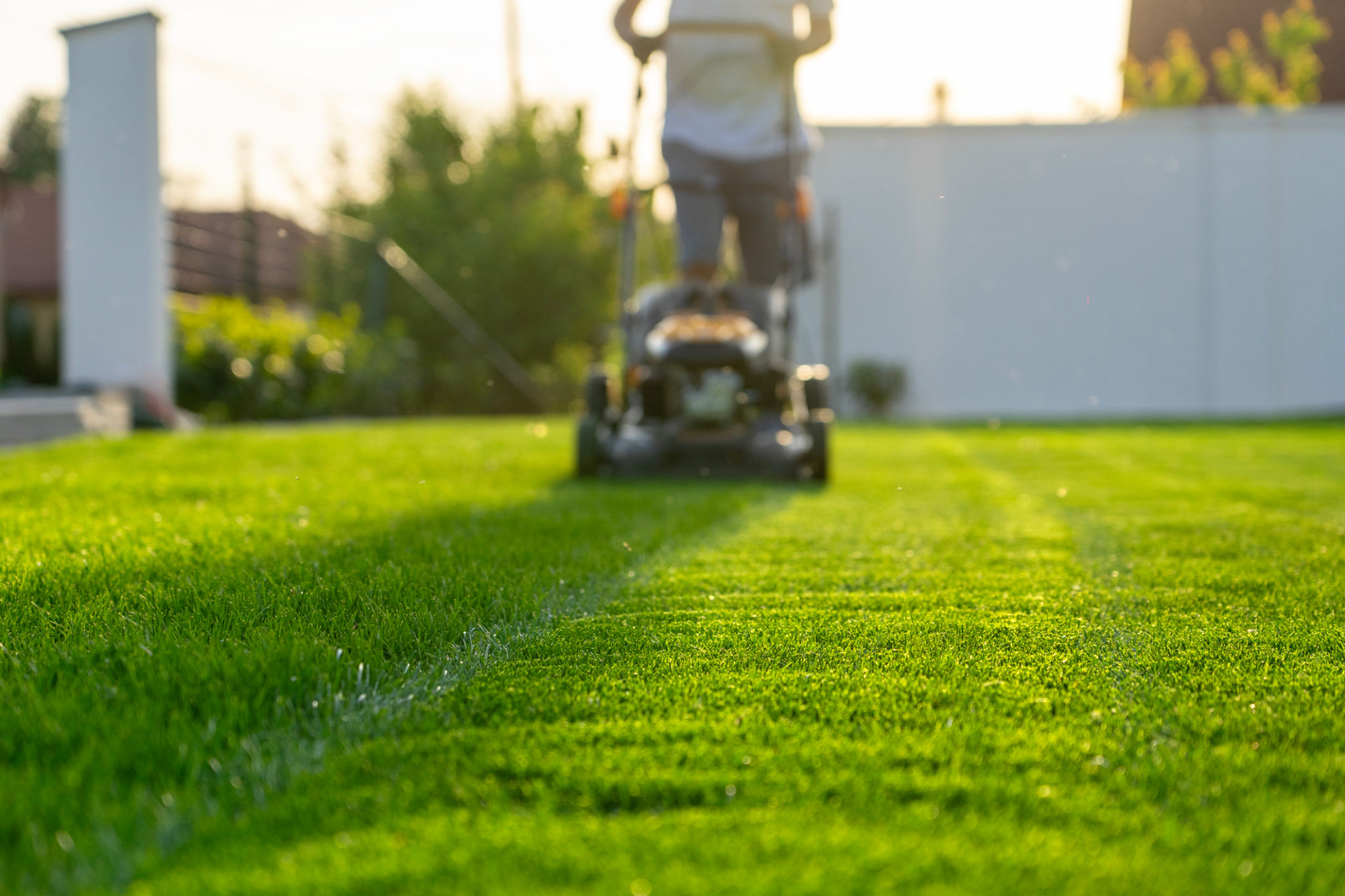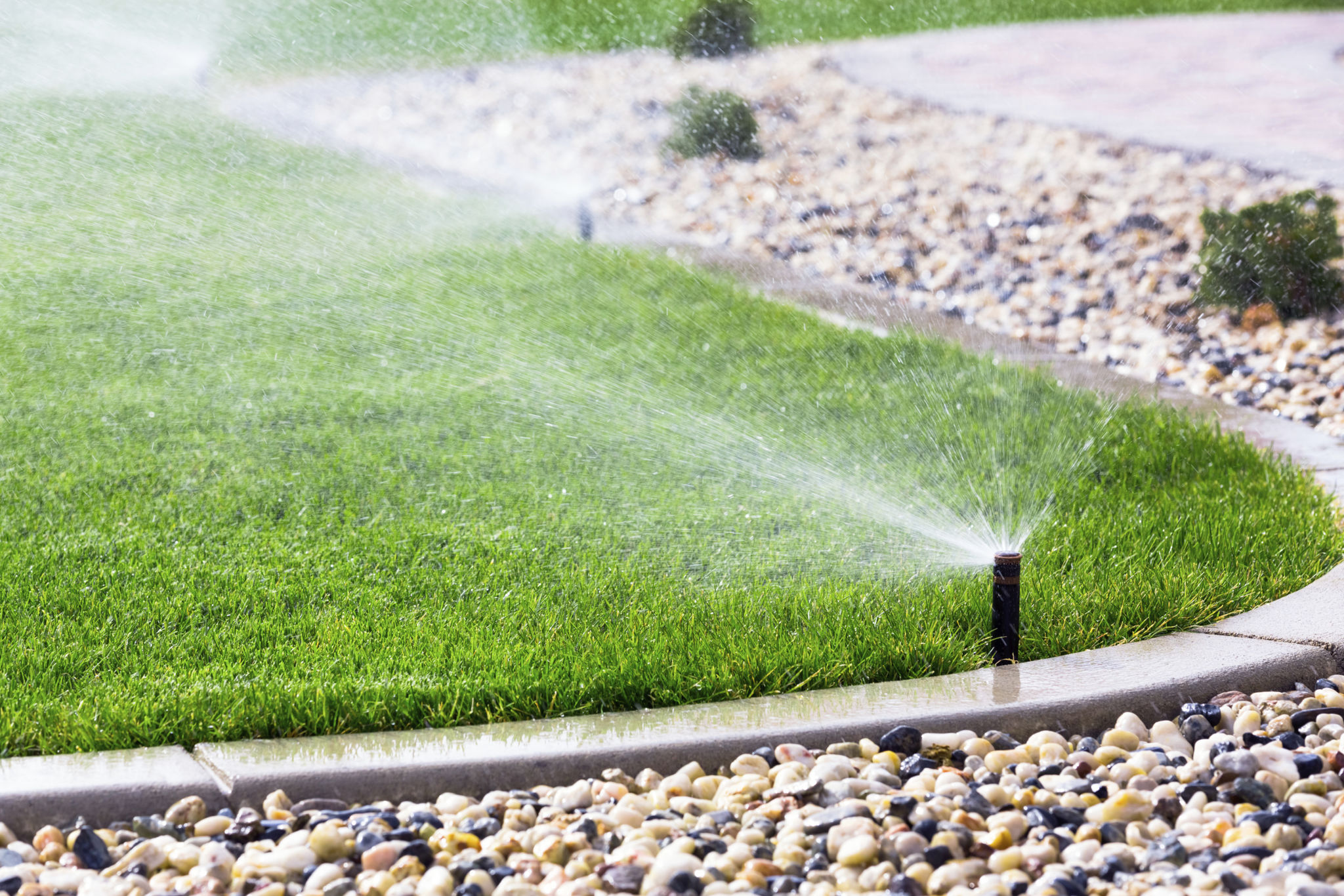Top Lawn Care Tips for Jasper Residents: Keeping Your Yard Pristine
Ro
Understanding Your Lawn's Unique Needs
Jasper's climate presents specific challenges and opportunities for lawn care. The region's mix of warm, humid summers and cooler winters means that residents must adapt their lawn care practices to fit the changing seasons. Understanding the type of grass that thrives in Jasper is crucial. Common varieties include Bermuda and Zoysia, which are well-suited to the local climate.
To keep your lawn pristine, it's important to tailor your care routine to the specific needs of these grass types. Regularly testing your soil can help you understand its pH level and nutrient content, allowing you to make informed decisions about fertilization and other treatments.

The Importance of Regular Mowing
Mowing is a fundamental aspect of lawn care that can significantly impact the health and appearance of your yard. In Jasper, where grass grows rapidly during certain times of the year, maintaining a consistent mowing schedule is key. Aim to cut your grass to a height of about 2.5 to 3 inches. This height helps prevent weeds and supports a robust root system.
Always ensure your mower blades are sharp to avoid tearing the grass, which can lead to disease. Moreover, try to mow when the grass is dry, as wet grass can clump and create uneven cutting patterns.

Effective Watering Techniques
Watering your lawn properly is essential for maintaining its lush appearance. In Jasper, where summer temperatures can soar, it's crucial to water deeply but infrequently. This practice encourages deep root growth and makes your lawn more drought-resistant.
Aim to water your lawn early in the morning to reduce evaporation and fungal growth. Installing a smart irrigation system can help ensure that water is distributed evenly and efficiently across your yard.

Fertilization and Weed Control
Fertilizing your lawn provides essential nutrients that promote healthy growth. In Jasper, it's best to fertilize during the spring and fall when grass is actively growing. Choose a balanced fertilizer and follow the manufacturer's instructions for application rates.
Weed control is another critical aspect of lawn maintenance. Regularly inspect your yard for weeds and remove them promptly. Using a pre-emergent herbicide in early spring can prevent many common weeds from taking root.
Aeration and Overseeding
Aeration is the process of perforating the soil with small holes to allow air, water, and nutrients to penetrate the grass roots. This practice is particularly beneficial in Jasper, where soil compaction can be an issue due to heavy clay content.
Overseeding your lawn in conjunction with aeration helps fill in bare patches and improve your lawn's overall density. This combination can rejuvenate tired lawns and enhance their resilience against diseases and pests.

Dealing with Pests and Diseases
Pests such as grubs and chinch bugs can wreak havoc on your Jasper lawn if left unchecked. Regularly inspect your yard for signs of pest activity, such as brown patches or wilting grass. Treat infestations promptly with appropriate insecticides or natural alternatives like nematodes.
Disease prevention starts with maintaining proper lawn care practices, including adequate watering, mowing, and fertilization. If you notice signs of disease, such as discolored patches or unusual growth patterns, consult a local expert for treatment options.
Seasonal Lawn Care Adjustments
As seasons change, so should your lawn care routine. In Jasper's milder winters, continue mowing if the grass is still growing, but raise the mower height slightly to protect the grass from frost. During spring, focus on replenishing nutrients lost over winter with a suitable fertilizer.
Summer requires careful attention to watering habits, while fall is ideal for aeration and overseeding efforts. By making these seasonal adjustments, you can ensure that your lawn remains healthy year-round.
